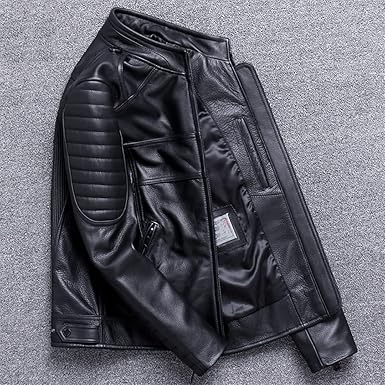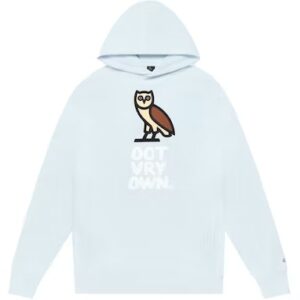Natural Jackets have gained popularity for their eco-friendly and sustainable properties. The science behind the materials used in these jackets reveals a fascinating interplay between nature and technology, focusing on performance, comfort, and environmental impact. Here’s an exploration of the key materials commonly used:
1. Wool
Wool is a classic material in natural jackets known for its excellent insulating properties. The science behind wool lies in its unique structure:
- Fibers: Wool fibers have a natural crimp, which creates air pockets that trap heat and provide insulation. This crimp also helps wool maintain its shape and resist wrinkles.
- Moisture Regulation: Wool can absorb up to 30% of its weight in moisture without feeling wet. This is due to its hydrophilic (water-attracting) properties and the structure of the fibers, which helps wick moisture away from the skin and keep the wearer dry.
- Thermoregulation: Wool regulates body temperature by releasing excess heat when it gets too warm and retaining heat when it’s cold. This makes it versatile for various weather conditions.
2. Cotton
Cotton is another natural fiber used in jackets, valued for its softness and breathability:
- Fiber Structure: Cotton fibers are composed of cellulose, which is a natural polymer. This gives cotton its softness and allows it to absorb moisture efficiently.
- Breathability: Cotton’s natural breathability is due to its ability to absorb and release moisture, which helps in regulating body temperature and keeping the wearer comfortable.
- Durability: While cotton is less insulating than wool, it is highly durable and can withstand repeated wear and washing.
3. Down
Down feathers, often from ducks or geese, are used in natural jackets for their exceptional warmth-to-weight ratio:
- Structure: Down feathers have a three-dimensional structure with a central shaft and multiple soft filaments that trap air. This trapped air acts as an insulating layer, providing excellent warmth.
- Lightweight: Down is incredibly lightweight, which makes it ideal for jackets that need to offer warmth without bulk. The high loft of down creates a significant amount of air space, enhancing insulation.
4. Bamboo
Bamboo fibers are emerging as a sustainable alternative in natural jackets:
- Sustainability: Bamboo is a fast-growing, renewable resource that requires minimal pesticides and water compared to other crops.
- Antimicrobial Properties: Bamboo fibers possess natural antimicrobial properties, which help reduce odor and maintain freshness in jackets.
- Softness and Breathability: Bamboo fabric is soft and breathable, offering comfort similar to cotton. It also has moisture-wicking properties, which help in regulating body temperature.
5. Hemp
Hemp is another eco-friendly material used in natural jackets:
- Strength and Durability: Hemp fibers are among the strongest and most durable of natural fibers. They are resistant to abrasion and have a long lifespan.
- Breathability and Moisture-Wicking: Hemp fabric is breathable and has good moisture-wicking properties, making it suitable for various weather conditions.
- Environmental Impact: Hemp grows quickly and requires minimal water and pesticides, making it a highly sustainable choice for clothing.
Conclusion
The materials used in natural jackets each bring unique properties and benefits, driven by their scientific and structural characteristics. From the insulating power of wool and down to the sustainability of bamboo and hemp, these natural fibers offer a range of performance benefits while supporting eco-friendly practices. Understanding the science behind these materials helps consumers make informed choices and appreciate the natural ingenuity behind their jackets.



